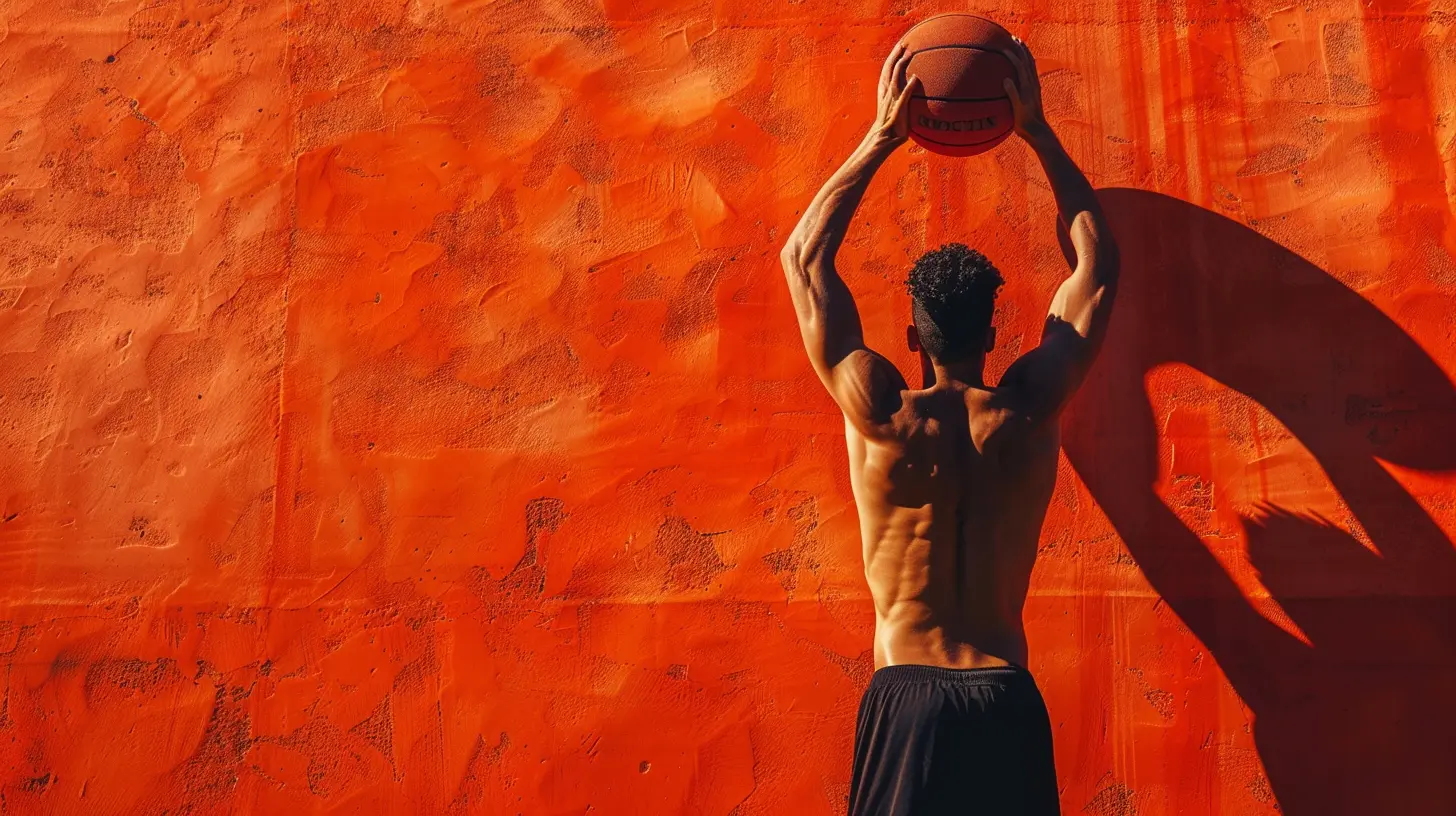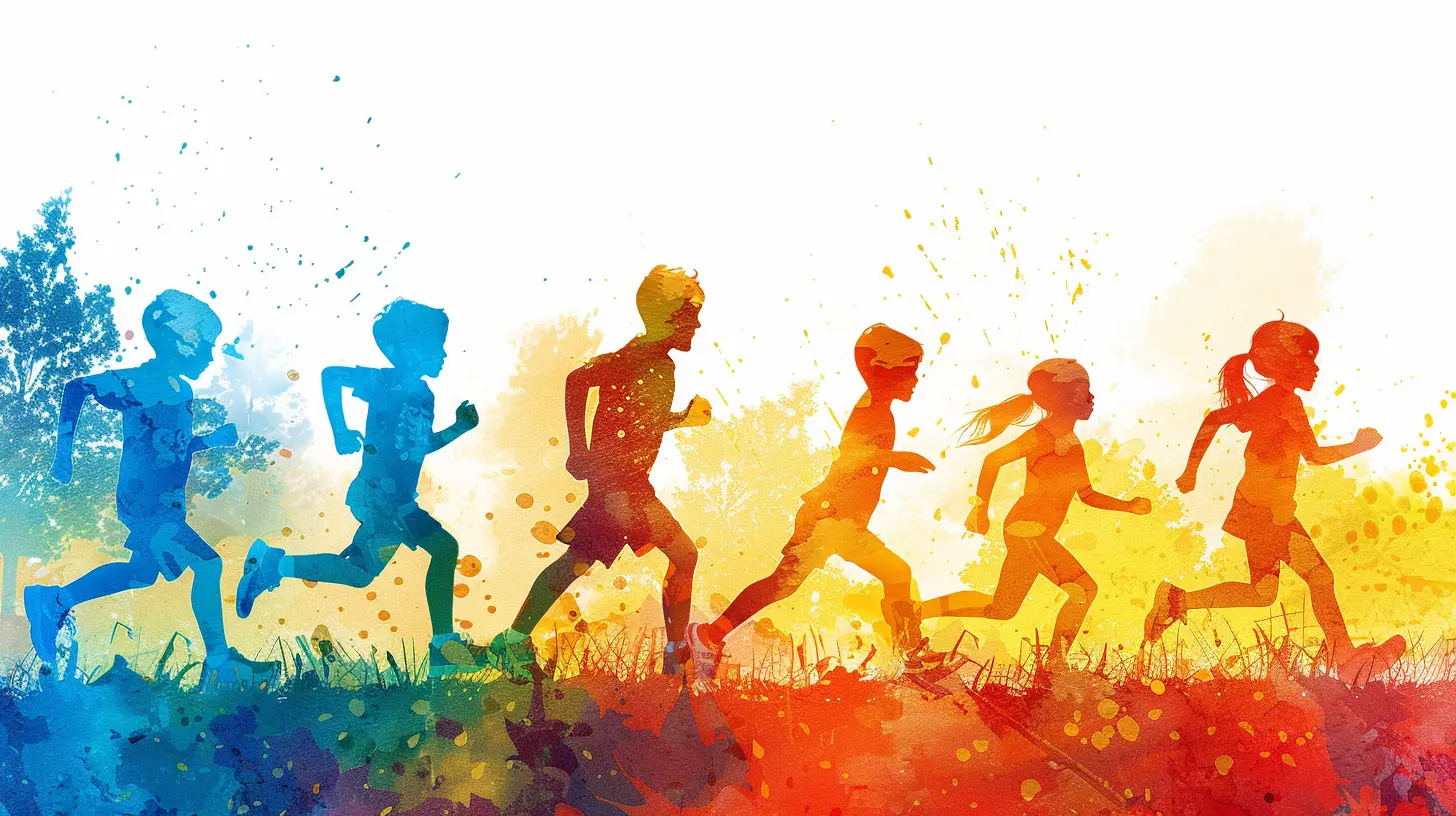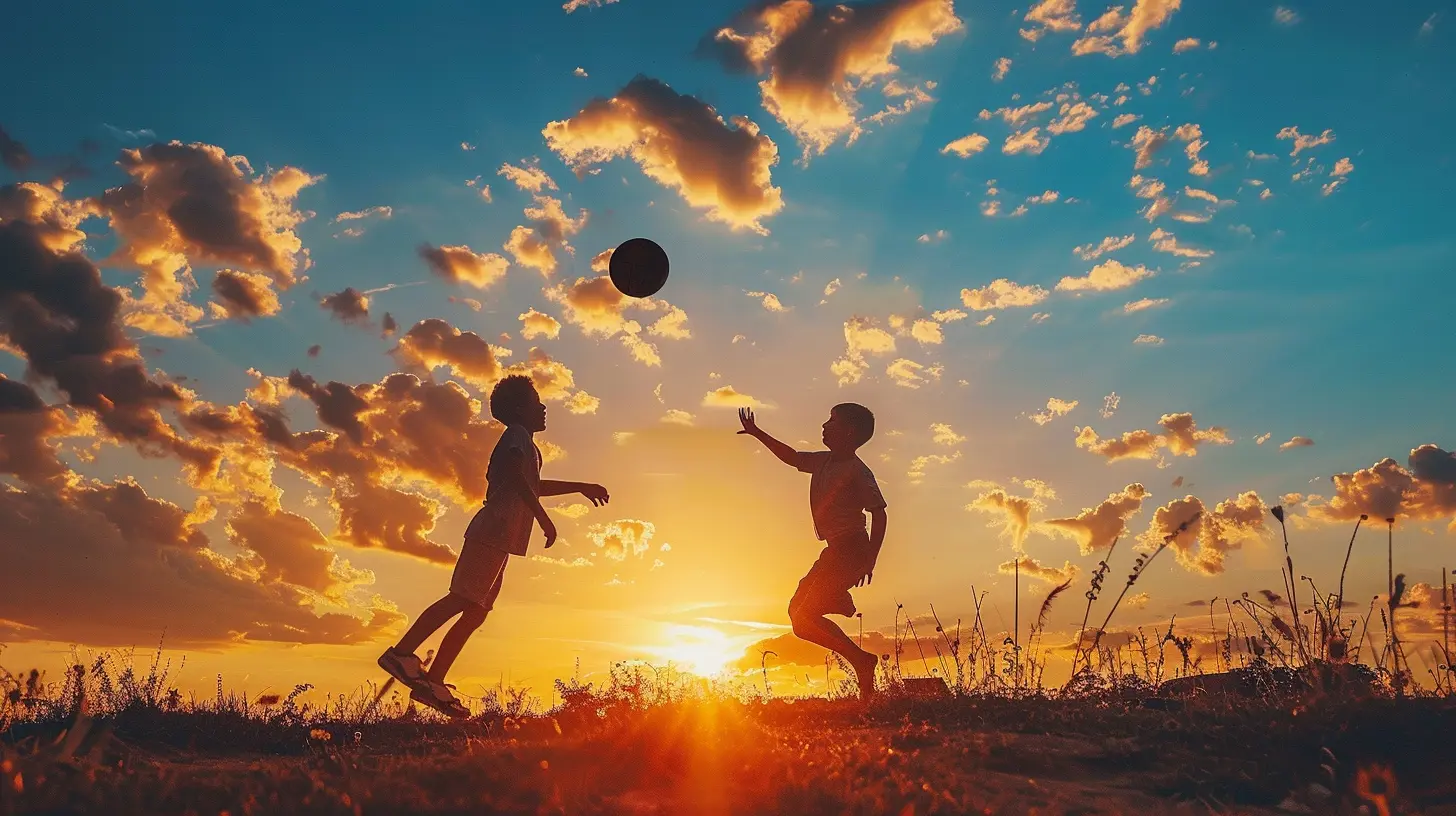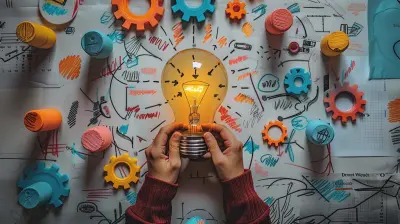The Science Behind Motor Skill Development in Physical Education
19 July 2025
You know that feeling when you finally nail a tricky move—whether it's catching a ball mid-air, nailing a cartwheel, or simply balancing on one foot? That triumphant moment isn’t just luck; it’s your brain and body working together in perfect harmony.
We often underestimate how much science goes into even the simplest physical movement. Motor skill development isn’t just important for athletes; it's the building block of physical literacy for everyone. And physical education (PE) is the playground where it all begins.
So, let’s break down the science behind motor skill development in physical education—how it works, why it matters, and how we can get better at it.
What Are Motor Skills Anyway?
Before we go deep, let’s nail the basics.Motor skills are the movements and actions of our muscles. They’re divided into two categories:
- Gross motor skills – Big movements like jumping, running, throwing, and climbing.
- Fine motor skills – Smaller, more precise movements like writing, buttoning a shirt, or dribbling a basketball.
In PE, both types play a role, but gross motor skills tend to take center stage.
The Brain-Body Connection: It’s All in Your Head (and Muscles)
Ever heard the phrase “muscle memory”? Here's the kicker—it’s not actually your muscles that remember. It’s your brain.Every time you practice a movement, your brain sends signals through your nervous system to your muscles. Think of it like programming a robot: the more repetition, the more refined the program becomes. Eventually, your body performs the motion without extra brainpower.
This process is called neuroplasticity—your brain’s ability to adapt and form new neural connections. It’s what helps a child learn to ride a bike or a gymnast perfect a routine. The more we practice, the smoother those neural pathways become.
The Phases of Motor Skill Development
Let’s be real—nobody wakes up a sports prodigy. Skill development happens in stages. PE plays a massive role in guiding individuals through these stages.1. Cognitive Stage (Learning What to Do)
This is the “figuring it out” phase. You’re awkward, slow, and a bit unsure. Your brain is still trying to map out the movement.In PE, this is where demonstrations, verbal instructions, and lots of encouragement shine. Mistakes are learning tools in this phase.
2. Associative Stage (Getting the Hang of It)
Okay, now we're getting somewhere. Movements become more consistent and fluid, but they’re not perfect yet. Feedback becomes more detailed, helping fine-tune the skill.This is PE’s sweet spot. Students start gaining confidence and enjoy the visible progress.
3. Autonomous Stage (Mastering It)
Boom! The movements are automatic. You’re not overthinking anymore—you’re just doing. This is where athletes enter “the zone.”In PE, reaching this stage isn’t about perfection—it’s about instilling confidence and competence in physical activity.
Factors That Influence Motor Skill Development
Everyone’s journey is unique, and a bunch of factors affect how skills develop. Let’s unpack a few:1. Age and Maturation
Age matters, but it’s not everything. Younger kids are like sponges—they absorb and adapt quickly, but their coordination and strength are still developing.Teens may have better strength and control, but they also face growth spurts that can throw balance and coordination out of whack.
2. Practice and Repetition
Practice doesn't make perfect—but it does make permanent. Repeating movements helps build stronger neural connections. Think of it like carving a path in a forest. The more you walk it, the clearer it becomes.3. Feedback and Instruction
Constructive feedback is gold. Instructors who give specific, positive, and timely feedback help students connect the dots between what they're doing and how they can improve.4. Motivation and Confidence
Want to know a secret? Confidence fuels performance. When students believe they can do something, they give it a real shot. That’s why positive reinforcement in PE is so critical.5. Environment and Equipment
Having the right space and tools plays a huge role. Try practicing soccer on a muddy hill with a flat ball—it’s not happening. A well-equipped PE class creates a safe, fun space for learning.Why Motor Skill Development Is a Big Deal in PE
Let’s be honest—PE isn’t just about burning energy (although that’s a perk). It's about building lifelong skills. Here’s why motor skill development deserves the spotlight:1. Builds Physical Confidence
Once you master the basics—running, jumping, throwing—you’re more likely to explore sports, dance, or other physical activities. Confidence leads to participation.2. Reduces Risk of Injury
Good motor skills mean better balance, coordination, and body awareness. That means fewer twisted ankles and clumsy falls.3. Enhances Academic Performance
Surprise! Physical activity boosts brain function—especially the areas responsible for memory, attention, and processing speed. So yes, getting better at skipping might indirectly help with math.4. Encourages Lifelong Fitness
When kids and teens develop motor skills early, they’re more likely to stay active into adulthood. It becomes part of their lifestyle, not just a school subject.The Role of Physical Education Teachers
Let’s give a shoutout to the unsung heroes here—PE teachers.They're not just supervisors—they’re engineers of movement. They design activities that challenge and develop motor skills, adjust lessons based on ability levels, and create a non-judgmental space for everyone to grow.
Great PE teachers adapt movements for all abilities. They know that progress looks different for every student, and that’s okay.
Integrating Motor Skill Development in PE Classes
So, how do we actually put all this science into motion? Here are a few strategies PE programs can use:1. Skill-Based Warm-Ups
Start class with dynamic activities that mimic the day’s focus. Want to work on hand-eye coordination? Start with partner ball tosses. Balance training that day? Try hopscotching or balance beam walks.2. Progression and Differentiation
Not everyone is on the same level. Activities should build up in difficulty and be adaptable for different skill sets. One-size-fits-all doesn’t work in motor skill development.3. Games with Purpose
It’s all about sneaky learning. Kids engage more when the activity feels like fun, not drills. Tag games, obstacle courses, and relay races can all be structured to target specific motor skills.4. Peer and Video Feedback
Let students see themselves in action. Short video clips can help them spot what to fix. Peer feedback also builds communication and helps students support each other.5. Emphasize Effort Over Perfection
Celebrate progress. The student who couldn’t skip last week but can do three skips in a row today? That’s a BIG win.Let’s Not Forget Inclusivity
Motor skill development isn’t just for the “athletic” kids. Inclusive PE means making sure everyone—regardless of ability, experience, or confidence—has a chance to learn and enjoy movement. That means adaptive equipment, varied instructions, and lots of empathy.Encouraging Motor Skill Development at Home
Parents, you’ve got a role too!- Encourage free play—climbing, running, and tumbling all help.
- Keep screens in check to make space for movement.
- Celebrate small efforts. Not every child becomes a star athlete, but every child can grow in confidence.
The Future of Motor Skills in PE
As tech sneaks into every corner of our lives (hello, virtual PE!), it’s important not to forget the human side of development. Apps and devices might track movement, but they can’t replace the face-to-face encouragement, teamwork, and spontaneity that happen in a real gym or field.The future of PE is bright—if we stay focused on what really matters: building skills that last a lifetime.
Final Thoughts
The science behind motor skill development in physical education goes way beyond just throwing a ball or running laps. It’s about wiring the brain, boosting confidence, and laying the groundwork for a healthy, active life.So next time you see a kid catching a frisbee like a pro or balancing on a beam like it’s second nature, remember—it’s not just play. It's neuroscience in motion. And that’s pretty amazing, right?
Let’s keep cheering on our young movers and shakers. Because physical education isn’t just another subject. It’s the gateway to a happier, healthier future.
all images in this post were generated using AI tools
Category:
Physical EducationAuthor:

Olivia Lewis
Discussion
rate this article
1 comments
Julian Montgomery
Understanding motor skill development is essential; it empowers educators to nurture holistic growth in students and foster lifelong physical activity habits.
August 1, 2025 at 3:40 AM

Olivia Lewis
Thank you for your insightful comment! I completely agree—understanding motor skill development is crucial for promoting holistic growth and encouraging lifelong physical activity in students.


